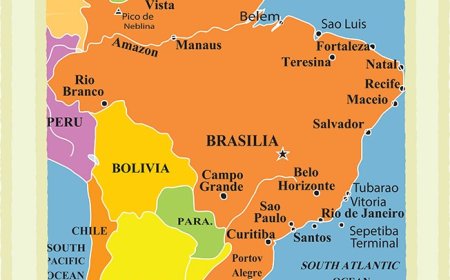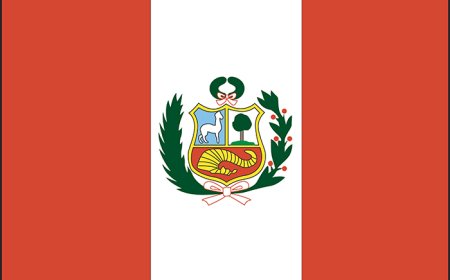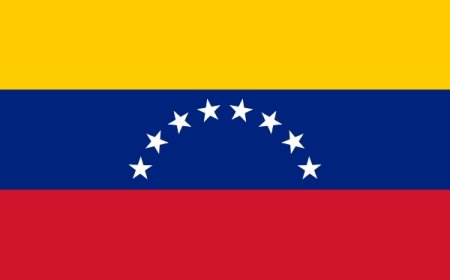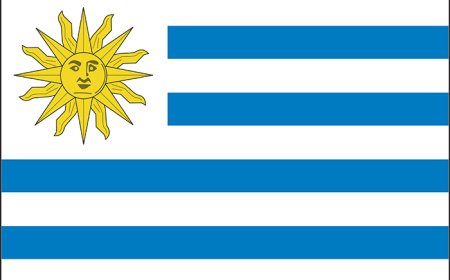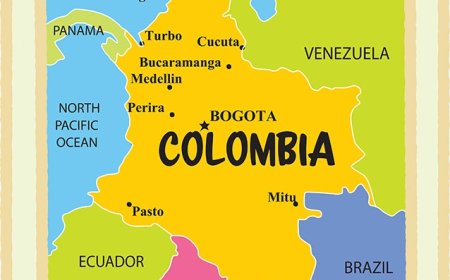Ecuador Facts for Kids: Geography, Culture & History
Discover Ecuador’s equator line, mountains, and wildlife in this fun, student-friendly guide
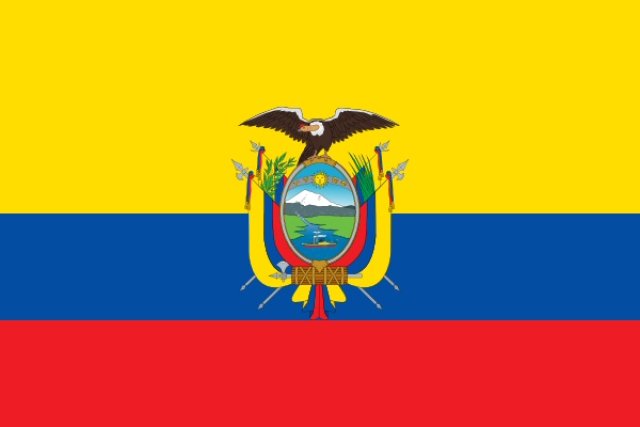
🌎 Introduction
Ecuador is one of the smallest countries in South America, but it's packed with amazing landscapes, wildlife, and culture. It's named after the equator, the invisible line that circles the Earth. Ecuador is famous for the Galápagos Islands, towering volcanoes, and colorful traditions.
🗺️ Geography & Climate
Ecuador is located on the west coast of South America, bordered by Colombia, Peru, and the Pacific Ocean. It has four main regions:
-
La Costa - The coastal region with beaches and warm weather
-
La Sierra - The Andes Mountains region with cool, mild climates
-
El Oriente - The Amazon rainforest area, hot and humid
-
The Galápagos Islands - An archipelago known for unique wildlife
The climate depends on elevation:
-
Hot on the coast and in the Amazon
-
Cooler in the highlands
📜 History
Long before Spanish explorers arrived, Ecuador was home to Indigenous peoples such as the Quitu and Cañari. In the late 1400s, the Inca Empire expanded into the region.
In the 1500s, Spanish conquerors took control, making Ecuador part of the Spanish Empire for nearly 300 years. Spanish rule brought new traditions but also caused great hardship for Indigenous communities.
Ecuador gained independence in 1822 after the Battle of Pichincha. It first joined Gran Colombia with Colombia and Venezuela but became its own country in 1830. Since then, Ecuador has had many political changes and today is a democratic republic.
🏛️ Government
Ecuador is a democratic republic with three main branches:
-
President - Elected every four years, leads the country and government
-
National Assembly - Makes the laws
-
Courts - Interpret the laws and ensure they follow the constitution
The country is divided into 24 provinces, each with its own local government.
💰 Economy & Natural Resources
Ecuador's economy depends on farming, fishing, oil production, and tourism.Major exports include:
-
Bananas (Ecuador is the world's largest exporter)
-
Oil
-
Shrimp
-
Cocoa
-
Flowers
Tourism is important, especially to the Galápagos Islands and the historic city of Quito.
👨👩👧 People & Culture
Ecuador's people are a mix of Indigenous, European, and African heritage. Traditions vary by region, but colorful festivals, markets, and folk music are popular everywhere.
Famous celebrations include:
-
Inti Raymi - An Indigenous festival honoring the Sun
-
Carnival - Parades, water fights, and dancing
Popular foods include:
-
Ceviche (seafood marinated in citrus juice)
-
Llapingachos (potato patties with cheese)
-
Hornado (roast pork)
🗣️ Languages & Religions
-
Official Language: Spanish
-
Many people also speak Indigenous languages like Kichwa and Shuar
Religion:
-
Most people are Roman Catholic
-
Some follow other Christian faiths or Indigenous spiritual traditions
🎓 Education & Traditions
School is free and required for children from ages 5 to 14. Many students wear uniforms, and lessons are taught in Spanish, though bilingual schools exist in Indigenous areas.
Ecuadorians value family gatherings, soccer games, and community events. Music and dance often feature traditional instruments like the pan flute.
🐾 Animals & Environment
Ecuador is one of the most biodiverse countries in the world. The Galápagos Islands are home to animals found nowhere else, such as:
-
Giant tortoises
-
Marine iguanas
-
Blue-footed boobies
On the mainland, you can find:
-
Jaguars in the Amazon
-
Hummingbirds in the Andes
-
Whales along the coast
🏙️ Major Cities & Landmarks
-
Quito - The capital, known for its colonial architecture and location near the equator
-
Guayaquil - The largest city and main port
-
Cuenca - Famous for its historic center and Panama hat making
Famous landmarks:
-
Mitad del Mundo monument (on the equator line)
-
Cotopaxi Volcano
-
Galápagos National Park
🎉 Fun Facts About Ecuador
-
The equator line runs through Ecuador, and you can stand in both hemispheres at once
-
The Galápagos Islands inspired Charles Darwin's theory of evolution
-
Ecuador uses the U.S. dollar as its currency
-
The Panama hat actually comes from Ecuador
-
Home to over 1,600 species of birds
🧒 Kid-Friendly Summary
Ecuador may be small, but it's full of adventure. You can stand on the equator, explore the Amazon, climb volcanoes, or meet giant tortoises. With its rich culture, friendly people, and amazing wildlife, Ecuador is a place like no other.
📚 Vocabulary Words
| Word | Definition |
|---|---|
| Equator | The invisible line that circles the Earth halfway between the poles |
| Archipelago | A group of islands |
| Biodiversity | The variety of living things in an area |
| Republic | A government where people elect their leaders |
| Export | Goods sold to another country |
| Indigenous | The first people living in an area before others came |
| Festival | A celebration with music, dancing, and other activities |
| Monument | A statue or building that honors an important event or person |
| Andes | The longest mountain range in the world |
| Volcano | A mountain that can erupt with lava, ash, and gas |
🧠 Interactive Quiz: Test Your Ecuador Knowledge!
1. What is the capital city of Ecuador?
A. Guayaquil
B. Quito
C. Cuenca
D. Manta
2. Which islands belong to Ecuador and are famous for wildlife?
A. Galápagos Islands
B. Canary Islands
C. Falkland Islands
D. Azores
3. What invisible line runs through Ecuador?
A. Prime Meridian
B. Tropic of Cancer
C. Equator
D. Arctic Circle
4. What is Ecuador’s official language?
A. Portuguese
B. Spanish
C. French
D. English
5. What currency does Ecuador use?
A. Peso
B. Euro
C. U.S. Dollar
D. Sucre
6. Which mountain range runs through Ecuador?
A. Rockies
B. Alps
C. Andes
D. Himalayas


















































